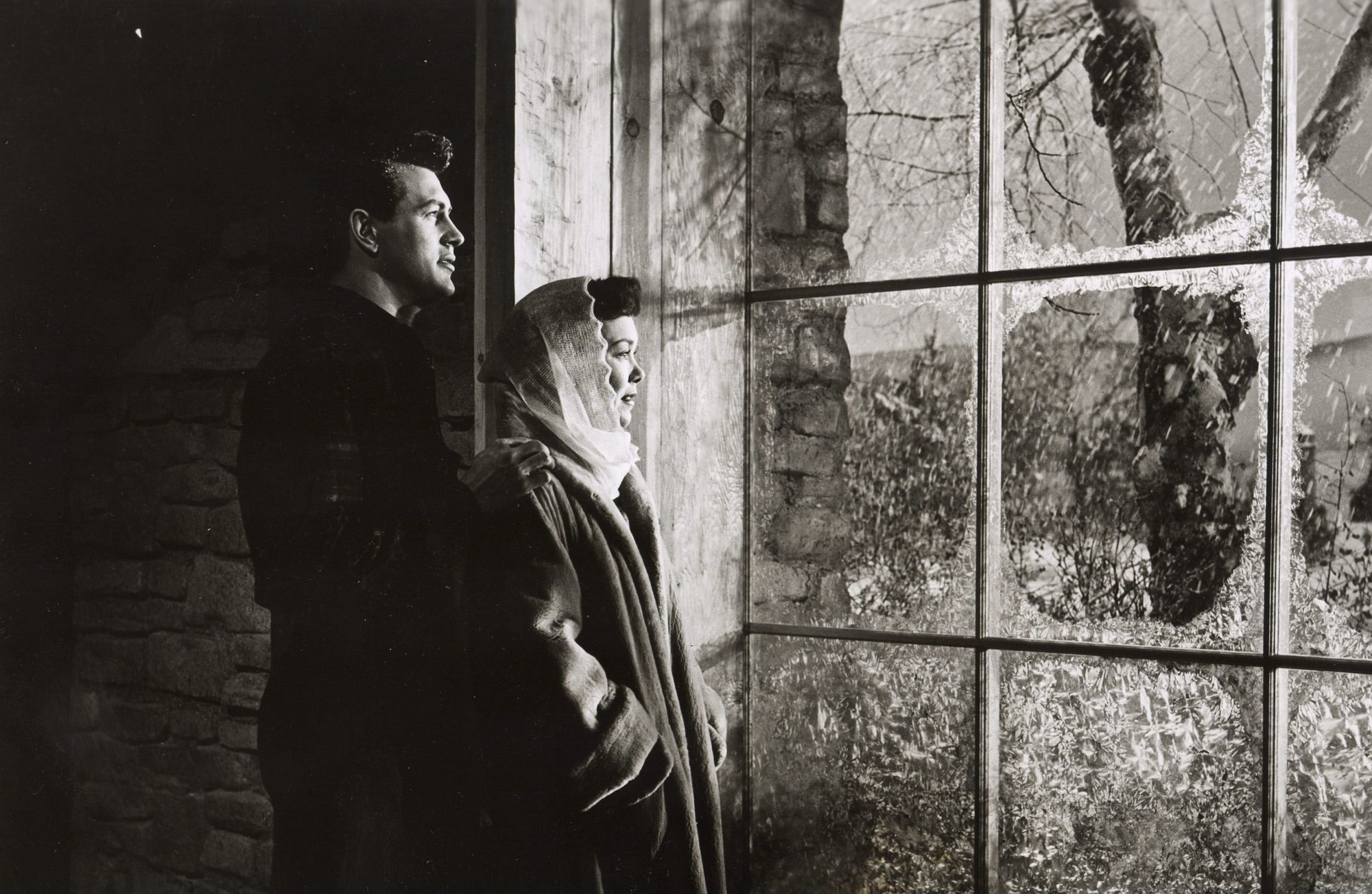
Aesthetic Choice for Screenwriters
When we think about aesthetics in film, typically, our minds will drift to the director and the art department. I can’t tell you the number of times I have been told by different teachers that I should keep the direction off the page. That I am just here to write the story.
That never made sense to me.
Every story, in every genre, exists in a certain aesthetic. Saving Private Ryan exists in “realism,” The Fly is stylized, All That Heaven Allows is straight up oozing out of every single pore. So why wouldn't the writer want to put that down on the page?
My brother recently pointed me to an interview with Lana and Lily Wachowski, where Lana puts it pretty succinctly: “If you really want to understand any art medium, you really have to understand aesthetics ... aesthetics are like the DNA of art” (1).
Every time I start to write a screenplay, I return to films that remind me of how that particular screenplay feels. For my screenplay Pieces (Runner-Up in the Script Pipeline First Look Competition), those were the films of David Cronenberg and Brian Yuzna. The reason I did this is because I believe that the aesthetic choices those directors/writers made have fundamental effects on what the story can get away with.
The works of Cronenberg and Yuzna, and in extension Pieces, are at their hearts melodrama. They are stories not driven by realism, but rather by the oversized emotions of the characters.
Aesthetically, many melodramas make the choice to frame their worlds with a hint of unreality. All That Heaven Allows has the intense saturation of Technicolor, Titanic has those beautiful Panavision Primo lenses and some of the cleanest sets you have ever seen, and Cronenberg/Yuzna have popping theatrical skin tones, and stylized sets. All of these aesthetic choices allow for the stories to operate the way they do. In the case of melodrama, they provide you as a screenwriter with certain aesthetic benefits. Because the world is draped in a certain unreality, the storytelling can be as well.
This was one of the first things I considered when going into Pieces. Because it is ultimately a melodrama, my approach to structure completely changes. The two act breaks in Pieces, which I won’t spoil here, are almost completely unrealistic. However, it’s kind of the aesthetic point. Because I’m working within melodrama, because I’m looking for those emotional crescendos rather than replicating reality, as long as the story stays thematically sound, I feel like I can get away with these things. It’s about going with your gut.
Would you be swept up enough to care?
A similar thing is happening in Cronenberg’s The Fly. That film is absolutely delirious on its own crazed energy and doesn’t make a lick of realistic sense. However, we believe it and go along for the ride because the sets look just a little too fake, and everybody’s makeup is just a little too perfect, and Howard Shore’s brilliant score is just a little too theatrical.
The film is framed as an aesthetic fantasy, and therefore does not need to make complete sense. However, what you trade out for “realism” you get back in emotion. The Fly ends with one of the most devastating fade to blacks in history. An important part of capturing that emotion in a screenplay is understanding the aesthetic power that will make the story work, and trying to capture that in the writing.
A great case study for what happens when the aesthetic choices of a script contrasts from what’s onscreen are last year’s Unhinged and this year’s Those Who Wish Me Dead. I like both films. They both have a soulful lack of realism to them and are both anchored by great performances (Russell Crowe’s astonishing Oliver Reed channeling and Angelina Jolie’s smooth action hero energy, respectively).
However, in getting to screen, both films seem to abandon aesthetic choices that could have elevated them. Both are desaturated and shot mostly with an eye towards aesthetic “realism.” They feel less powerful because onscreen that “realism” is ultimately fighting the theatricality of both works.
Back in the 90s, or early 2000s, I like to think they might have been filmed with smooth Zemekis-inspired masters (a great film for demonstrating how aesthetics can pull a film into emotional reality is What Lies Beneath) and rich color palettes that allowed the viewer to sink into them. That’s not quite the case, and I could guess that part of it is a misunderstanding of how more melodramatic aesthetics can actually bring a film up rather than down. I also do want to highlight there are a lot of factors other than a strong aesthetic choice that go into how a film ends up looking and operating.
Both Unhinged and Those Who Wish Me Dead look like they may not have had the budget to afford the handsome aesthetic that could have benefited them both. I’ve found films relying as intensely on handheld work as Unhinged probably had to pick up that coverage really fast, while also dealing with a lot of car stunts. I only bring these two films up because there seem to be an incongruence between plot and aesthetic.
As a screenwriter, aesthetic choice is one of the first ones you should make. It will determine the shape of your story, the soul of what you are trying to say, and create a more cohesive work.
The Fly wouldn’t work if it was Saving Private Ryan, nor would All That Heaven Allows (that sounds like a fun self-dare though), and understanding the aesthetic reasons why will make your writing and storytelling better …
... it’ll also make sure that the freaking Les Miserable movie doesn’t look like a Lars Von Trier joint.
Works Cited:
- “The Wachowskis DePaul VAS.” YouTube, 2 May 2014.
*Feature Photo: All That Heaven Allows (1955) Rock Hudson and Jane Wyman / Universal Pictures

